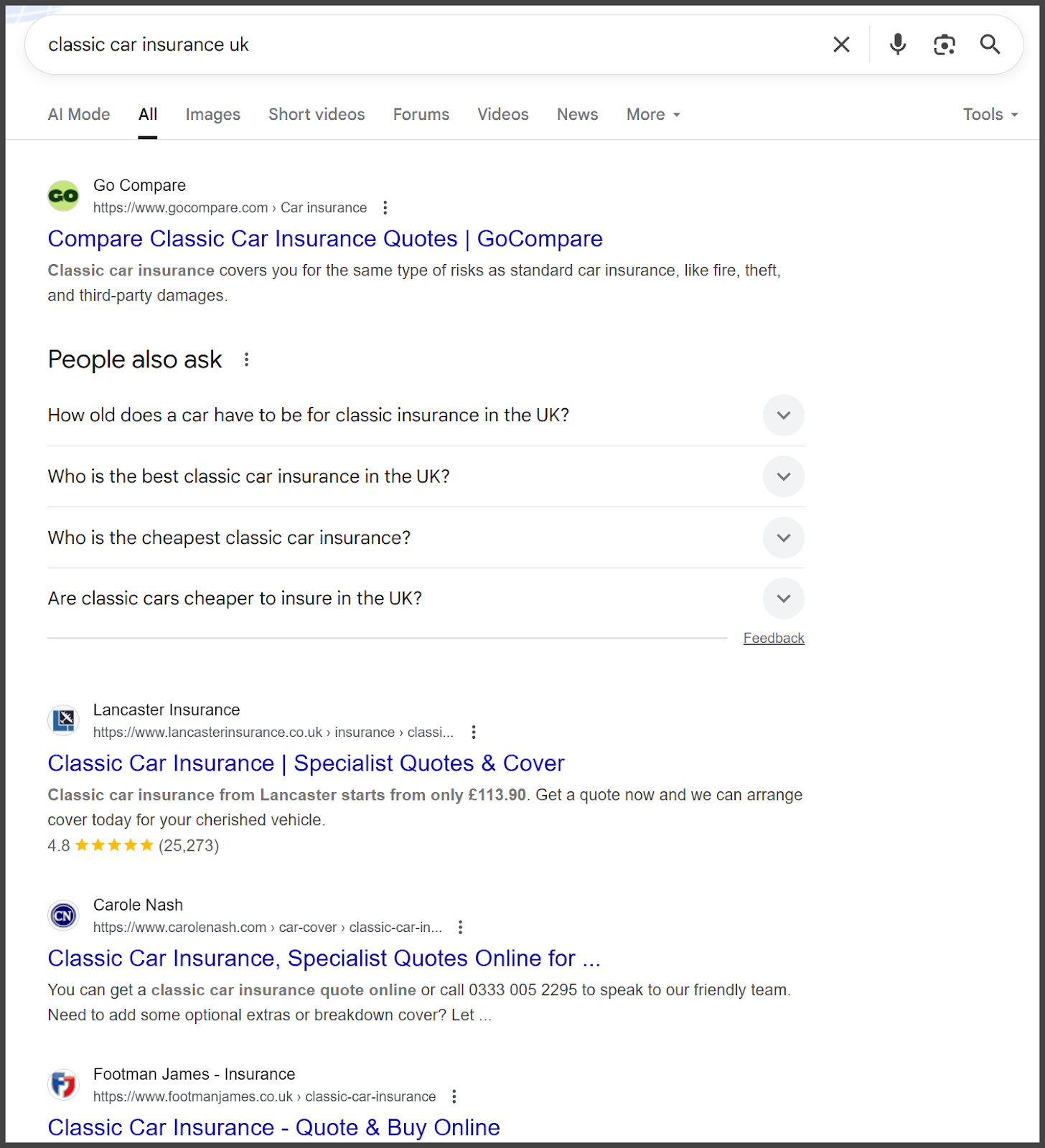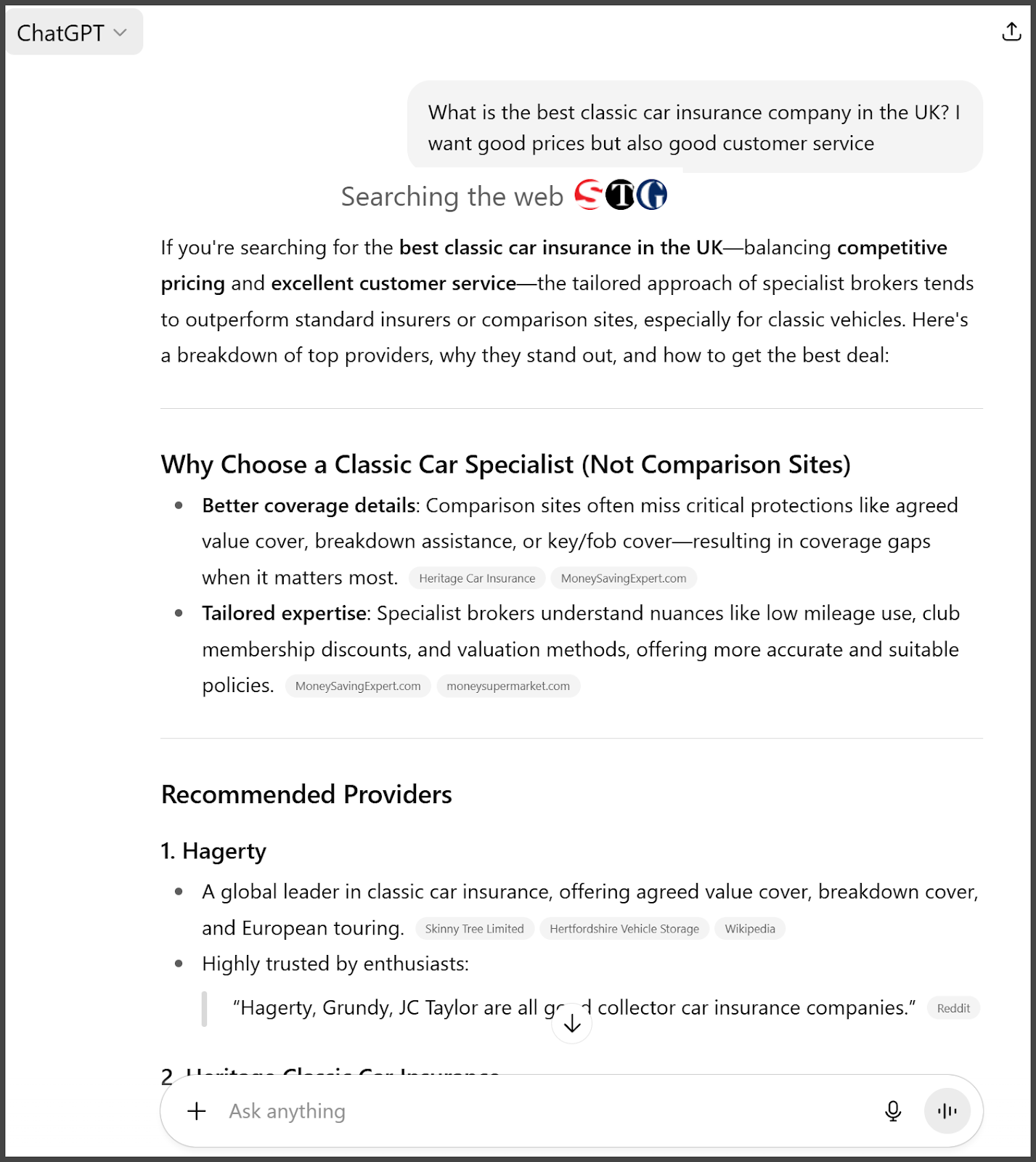How to create content that works for search and generative engines

For years, optimizing content meant focusing almost entirely on Google and other traditional engines.
But with the rapid rise of generative AI chatbots – tools that don’t just link but summarize – content strategies need to adapt.
It’s no longer enough to rank in search; you now need to be referenced, cited, and surfaced by AI systems as well.
This shift raises a critical question: how do we write content that satisfies both worlds – Google’s algorithmic complexity and AI’s citation-driven simplicity?
Where users are going: Search vs. generative AI
Statcounter’s Search Engine Market Share data suggests that Google is still firmly on top, but those numbers only measure traditional search engines.
They don’t reflect the growing number of users turning to AI chatbots for answers, which is why separate measures – like AI Chatbot Market Share – are starting to emerge.
For now, the two data sets can’t be directly compared.
AI chatbots generated 34 times fewer visits than search engines, per One Little Web’s April 2025 study. Even so, chatbot traffic grew 80.9% between April 2024 and March 2025.
They may still be the underdog, but the growth trajectory is hard to ignore.
By June 2025, Chillibyte found that ChatGPT alone had attracted 55.2 billion visits in that same 12-month period – an 80% year-over-year increase.
Chillibyte noted that chatbots seem to be supplementing search engines rather than replacing them.
Still, divided usage between search engines and AI will inevitably chip away at Google’s overall share.
That’s why content strategies now need to account for both search engines and generative AI.
Dig deeper: How to optimize your 2025 content strategy for AI-powered SERPs and LLMs
How search rankings differ from AI citations
Creating content for both search and AI starts with understanding how each cites or ranks information.
Search engines: Simple inputs, complex algorithms
Search engines typically receive simpler input and deliver simple output.
For example, the keywords you type into Google are usually shorter and less complex than an AI prompt.
Google’s output is also simpler. (This is changing with AI Mode, though. We’ll focus here on traditional output rather than modern AI-driven results.)
Typical search engine input and output:

A simple query usually produces a simple list of URLs.
But does that mean search engines are less complex than their generative AI counterparts?
Not at all.
While input and output may look simple, search engines are algorithmically complex in determining what that output should be.
Once a query is processed, layered algorithms define the results. Users can’t see this layer, but it’s always at work. A search engine may consider:
- Content relevance, including metadata, headings, and keyword use.
- Content quality, trustworthiness, and authority (e.g., Google’s E-E-A-T).
- Popularity signals such as inbound links.
- Link quality, with filters against spammy practices.
- Pricing for product results.
- Local signals.
- Schema and structured data.
- Reviews and testimonials.
Over the years, Google has evolved to disqualify pages that rely on manipulative techniques.
Algorithm updates like Penguin (targeting spammy link practices), Caffeine, Panda, Mayday, and Farmer were eventually folded into Google’s core algorithms.
The point is clear: Google remains algorithmically complex.
Generative engines: Complex prompts, simpler filters
In contrast, AI chatbots handle richer input and produce more complex output.
Their defensive algorithmic layer, however, is far less developed than that of leading search engines.
Simply put, generative engines have had less time to build the protective algorithms that surround vectorized, LLM-based response systems.
Here’s an example of typical generative engine input and output:

Both the input and the output are clearly more complex.
That said, generative engines are usually algorithmically simpler.
Yes, they can crawl the web for new information when their LLM lacks the required data.
But they’re far less sophisticated in determining which information to surface as authoritative or trustworthy.
A study I published here on Search Engine Land shows that AI RAG agents rely on far fewer sources than search engines.
Generative engines also place greater value on co-citations – mentions of a term alongside a brand, even without a link – than on traditional backlinks.
This presents new opportunities for content creation and placement.
Many tactics that Google’s algorithmic complexity has pushed aside could be adapted and repurposed to earn AI citations and traffic.
In that sense, AI offers a fresh marketing opportunity.
AI may not yet command the lion’s share of traffic – but the traffic it does generate is, in many ways, more accessible.
That’s why it’s essential to include AI in your marketing mix and consider how to produce content that satisfies both search engines and generative engines.
Dig deeper: Why your best content is invisible to AI search engines (and how to fix it in 30 minutes)
Producing content that serves search and generative engines
Fortunately, much of what search engines prefer also works well for generative AI. For native content:
- Create well-structured pages with clear headings, supporting statistics, and rich media.
- Ensure content is accessible, even with JavaScript disabled. (Less of a problem for Google now, but AI crawlers are less sophisticated.)
- Build strong E-E-A-T signals for your content, authors, and brand.
- Address code elements such as alt text and metadata so they properly support your content.
- Use accessible, indexable URLs with unique, descriptive slugs.
- Cover topics in depth, including related keywords and common questions. Repeating exact-match keywords is no longer effective for SEO and even less so for AI. Instead, use semantic richness and engage with broader search entities.
- Include Q&A or answer-style formatting, since AI prompts are often phrased as questions.
- Don’t hide primary content (e.g., in linked PDFs).
- Provide summaries and key takeaways.
Because AI interrogates vectorized information, additional techniques apply:
- Co-citations are often more valuable than hyperlinks. Being cited alongside key terms on a high-authority site can be more effective for AI than earning a traditional link.
- External placement may help. Even without a link, branded citations can improve the likelihood of AI recognition.
- Consistency matters. AI blends vectorized information, so once citations enter the LLM, they may no longer be treated as separate documents. Consistent details (addresses, phone numbers, etc.) remain essential – don’t let local SEO slip.
- Disambiguation works differently for AI. In SEO, trying to clarify that you don’t provide a service can ironically increase rankings for that service. AI, however, is better at separating negatives from positives.
- Structured summaries are especially valuable. While they also help search engines, generative AI relies more heavily on them when interpreting main content.
- Keep critical information concise. Short, precise statements of facts or data vectorize more effectively.
- Shorter search terms still matter. RAG agents often distill compact terms from complex prompts, making FAQ-style content important for both SEO and AI.
Dig deeper: The search visibility framework: Dominating every corner of the SERP in 2026







Recent Comments